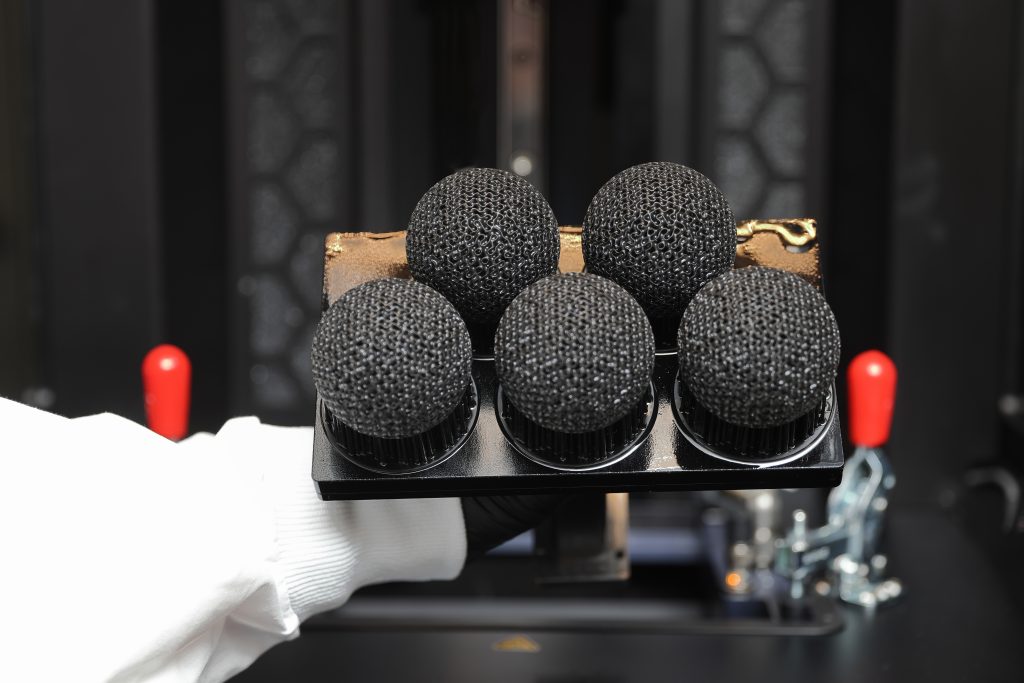Fortify are the inventors and developers of Fluxprint, a magnetic 3D printing technology that uses resin to make composites with optimized microstructures. Josh Martin, CEO, and Co-founder, now continues our series looking at the State of Resin 3D Printing with his insights.

3DPI: How have you seen resin-based 3D printing develop in recent years?
Josh Martin: In recent years the application space of resin-based printing has shifted from prototyping to manufacturing. Vat-based printing has always had respectable throughput and part quality (accuracy, surface finish, etc) but functional materials are relatively new to the field and long overdue.
3DPI: What do you consider the next technology hurdles for photopolymer-based 3D printing to overcome?
Josh Martin: An area of opportunity with photopolymer-based printing is in everything that comes after printing a part. I believe that post-processing is an underappreciated part of the manufacturing process. The reality is that post-processing in a reliable and scalable way is what usually breaks a cost model.
3DPI: What applications of vat photopolymerization do you see as under-developed by the market, and why?
Josh Martin: Vat photopolymerization is capable of producing the most complex geometries – period. There are many applications that rely on geometric complexity to create value including heat exchangers and radio-frequency devices (antenna & radar for example). Fortify is focused on developing new material classes for photopolymer printing that leverage geometric complexity.
3DPI: Where are opportunities for materials development in regards to vat photopolymerization technology?
Josh Martin: Architected materials are a huge opportunity for vat polymerization technology to command the space it occupies as the most scalable way to produce complex parts. The rate-limiting factor today is the range of material properties addressable by vat photopolymers. There are significant opportunities in electronics materials that we are pursuing – the market opportunity given the current state of the global microelectronics supply chain is calling for innovation.
Make sure you don’t miss the results of our of 3D printing with resin survey. Sign up for our free newsletter for the latest news in additive manufacturing. You can also stay connected by following us on Twitter and liking us on Facebook.
Looking for a career in additive manufacturing? Visit 3D Printing Jobs for a selection of roles in the industry. Subscribe to our YouTube channel for the latest 3D printing video shorts, reviews, and webinar replays.
Featured image shows 3D printed luneburg-like RF lenses. Photo via Fortify.



